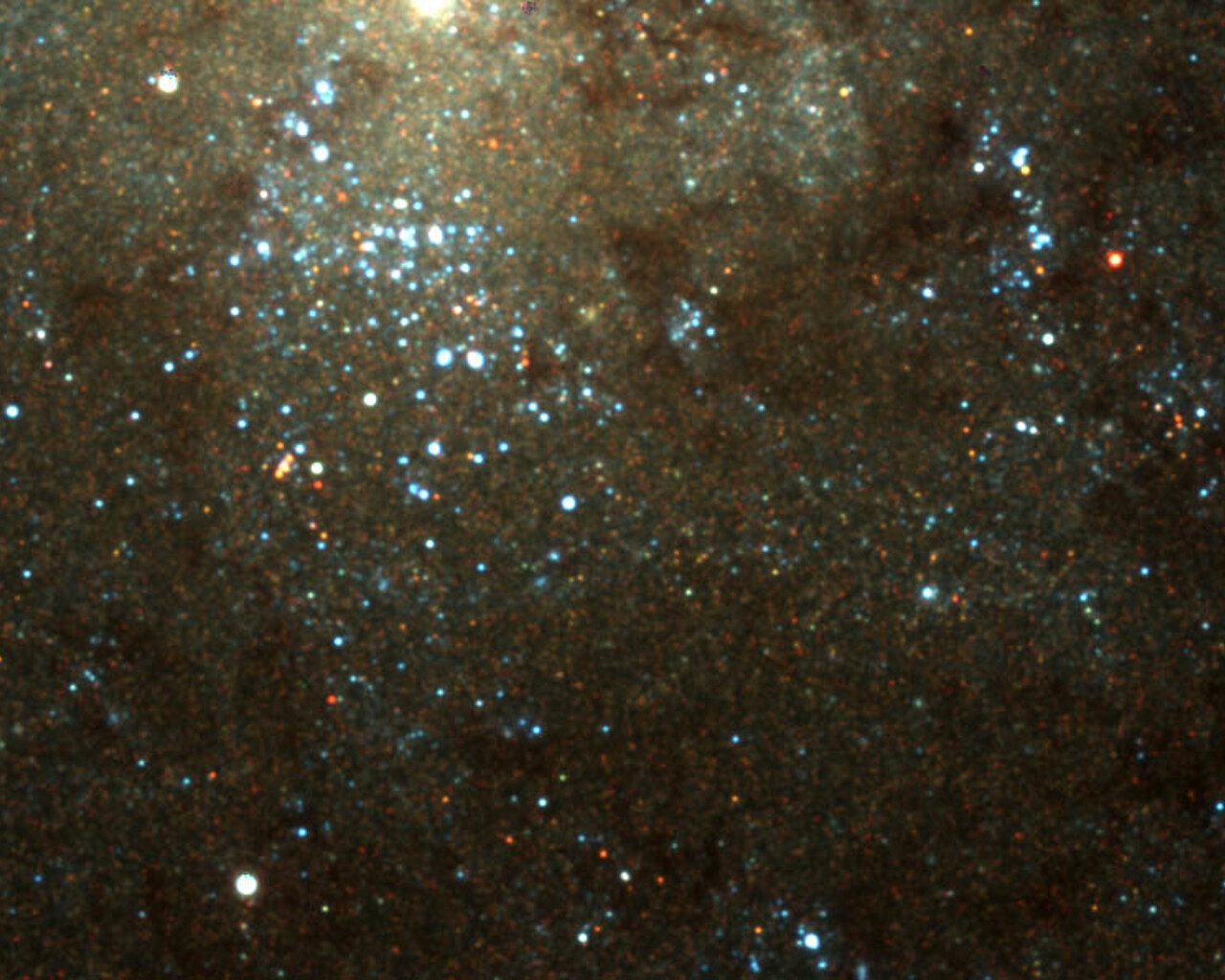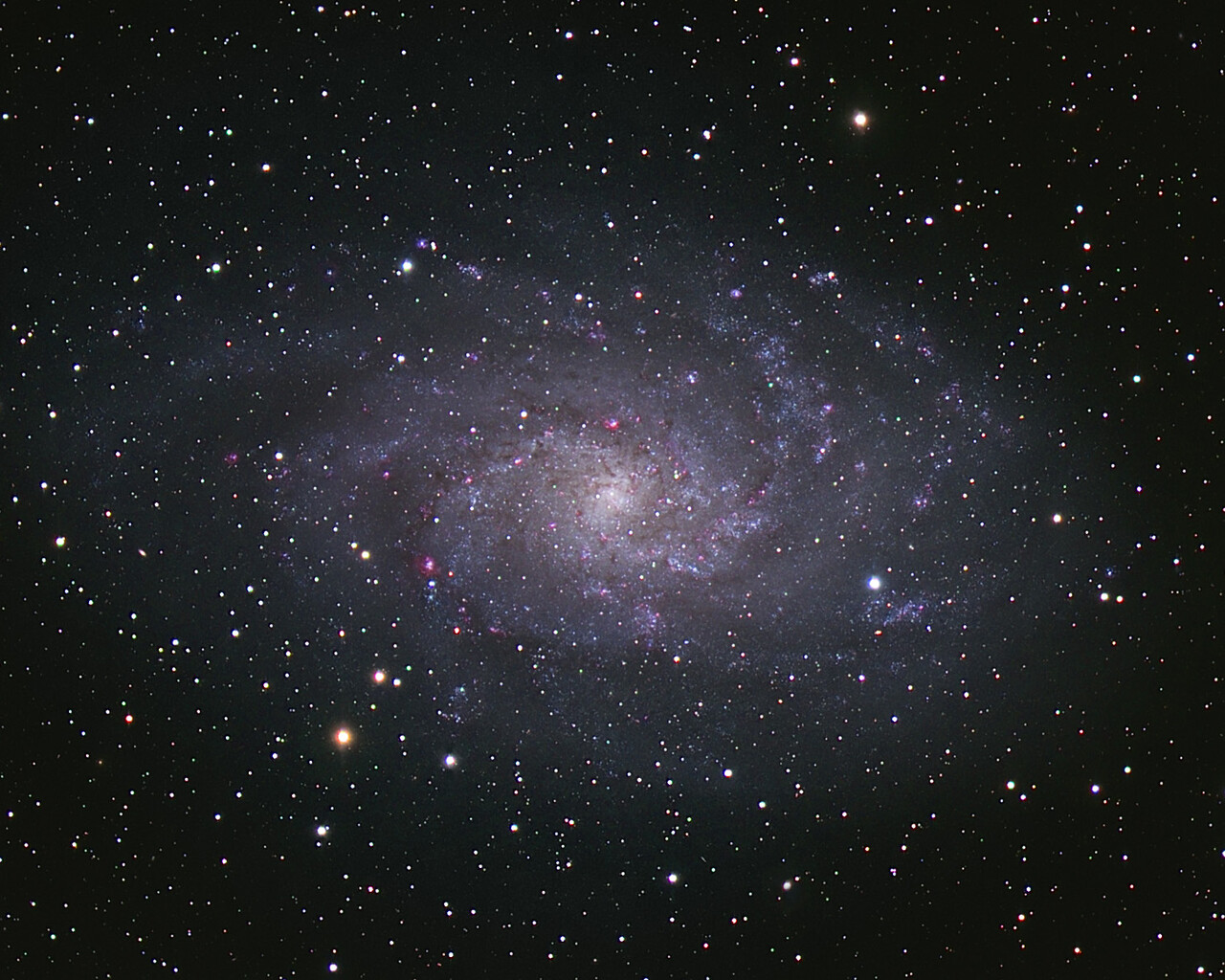Triangulum
Origin
Triangulum's origin can be traced back to ancient Greek times, where this triangle of stars was used to inscribe the Greek letter Delta “Δ” into the stars. This brought in the alternative constellation name “Deltoton” in antiquity but its function (according to ancient Greek authors) on ancient celestial globes was the attribution of the celestial sphere to the god (Greek: “dios”, Latin “deus”, always meaning “god”), the god who created or ruled the starry night sky.
Bright Stars
Triangulum is relatively small and doesn't contain any particularly bright stars.


 Photo of the constellation Triangulum produced by NOIRLab in collaboration with Eckhard Slawik, a German astrophotographer.
The annotations are from a standardized set of 88 western IAU constellations and stick figures from Sky & Telescope. Please find here a non-annotated version of the image.
Photo of the constellation Triangulum produced by NOIRLab in collaboration with Eckhard Slawik, a German astrophotographer.
The annotations are from a standardized set of 88 western IAU constellations and stick figures from Sky & Telescope. Please find here a non-annotated version of the image.
Credit: E. Slawik/NOIRLab/NSF/AURA/M. Zamani
Notable Objects
Messier 33 (the Triangulum Galaxy): Messier 33 is a relatively nearby spiral galaxy and a member of the Local Group, the same group of galaxies that includes the Milky Way and the Andromeda Galaxy (Messier 31). While it is not as large or bright as the Andromeda Galaxy, Messier 33 is still an impressive target for small telescopes. Its relatively low surface brightness can make it more challenging to observe from light-polluted areas, but it's a rewarding object to explore under dark skies. M33’s spiral arms and bright central core can be seen with a small telescope, making it a highlight of the Triangulum constellation.















